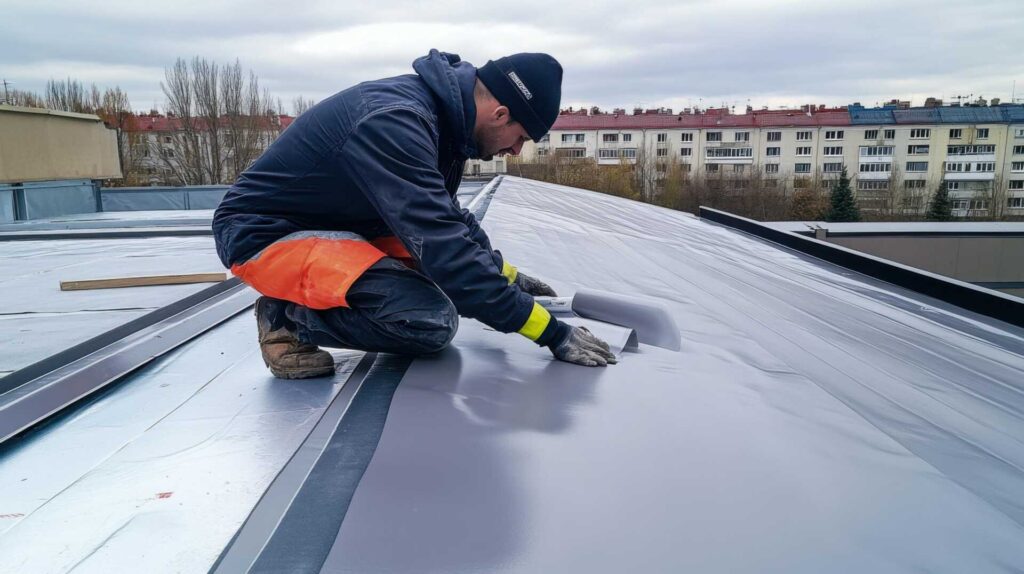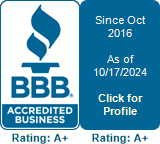When it comes to roof leak detection and repair, did you know that water damage accounts for 95% of all homeowner insurance claims? Imagine having the tools to prevent potential leaks before they escalate into costly issues. By implementing a combination of visual inspection, water testing, infrared scanning, moisture meters, and shingle replacement, you can safeguard your home from the damaging effects of leaks. So, what are these methods, and how can they help you maintain a leak-free roof?
Key Takeaways
- Visual inspection for missing, cracked shingles.
- Water testing to pinpoint leak locations.
- Infrared scanning for accurate leak detection.
- Moisture meters for early moisture identification.
- Shingle replacement for damaged shingles.
Visual Inspection
When it comes to detecting and repairing roof leaks, one of the initial steps is conducting a thorough visual inspection. Roof maintenance plays a pivotal role in leak prevention as regular checks can help identify potential issues before they escalate into costly problems. By engaging in proactive roof maintenance, you can safeguard the longevity and effectiveness of your roof.
During a visual inspection, it’s essential to look for signs of damage such as missing, cracked, or warped shingles. Pay close attention to areas around chimneys, vents, and skylights as these are common spots for leaks to develop. Check for any debris or vegetation that could be obstructing drainage paths and causing water to pool on the roof.
Inspect the flashing around roof penetrations to make sure it’s secure and free of any gaps or cracks. Additionally, check the seals on vents and pipes to confirm they’re intact and not deteriorating. These small details are often the source of roof leaks and addressing them promptly can prevent further damage to your home.
Water Testing
To accurately pinpoint the source of a roof leak, water testing is a crucial step in the detection process. By conducting water tests, you can effectively identify leaks and plan for focused roof repairs. Here’s how water testing can help in leak identification and subsequent roof repair:
Focused Testing: Water testing allows you to isolate specific areas of the roof for examination, making it easier to identify the exact location of the leak.
Simulating Rainfall: By simulating rainfall conditions during the test, you can mimic real-world scenarios and observe how water infiltrates the roof system, aiding in leak detection.
Interior Inspection: Water testing not just aids on the exterior but also provides insights into potential leaks inside the building, guiding repair efforts thoroughly.
Pinpointing Weak Spots: Through water testing, you can identify weak spots in the roofing system, such as damaged shingles or deteriorated flashing, facilitating targeted repairs.
Preventative Maintenance: Regular water testing not just assists in current leak identification but also helps in proactively addressing potential issues before they escalate, prolonging the roof’s lifespan.
Infrared Scanning
Utilizing advanced technology in roof leak detection, infrared scanning provides a thorough analysis of a roof’s condition by detecting temperature variances. Thermal imaging, the core principle behind infrared scanning, allows for the precise identification of leaks and potential problem areas on a roof. By capturing the infrared radiation emitted by an object, this method can detect even the smallest temperature changes, making it an invaluable tool in leak detection.
Infrared scanning works by detecting these temperature disparities, which are often indicative of moisture intrusion or insulation issues. The thermal images produced during the scan highlight these variations, enabling professionals to pinpoint the exact locations of leaks without causing any harm to the roof. This non-invasive approach not just saves time but also minimizes disturbance to the building’s occupants.
When it comes to leak detection, infrared scanning offers a detailed assessment of the roof’s condition, allowing for targeted repairs and maintenance. By identifying leaks early on, costly water damage and structural issues can be avoided.
Investing in regular infrared scans as part of your roof maintenance routine can help extend the lifespan of your roof and maintain the integrity of your building.
Moisture Meters
Picking up from the precision of infrared scanning, another valuable tool in roof leak detection is the moisture meter. Moisture meters are essential in identifying areas of moisture intrusion that can lead to leaks and damage if left unattended. Here’s why moisture meters are vital:
Early Leak Prevention: By detecting moisture levels early on, you can address potential leaks before they escalate into larger issues.
Accurate Diagnosis: Moisture meters provide precise readings, helping you pinpoint the exact source of a leak for targeted repairs.
Enhanced Roof Maintenance: Regular use of moisture meters as part of your maintenance routine can help you stay proactive in preventing leaks.
Cost-Effective Solutions: By identifying and repairing leaks promptly, you can avoid costly damages that may arise from prolonged water exposure.
Long-Term Structural Integrity: Monitoring moisture levels with a meter can contribute to the overall longevity and durability of your roof.
Incorporating moisture meters into your roof leak detection process can greatly improve your ability to catch leaks early, prevent damage, and maintain your roof’s integrity over time. Prioritizing leak prevention through regular maintenance and utilizing tools like moisture meters can save you time, money, and stress in the long run.
Shingle Replacement
When addressing roof leak issues, one significant aspect that often requires attention is shingle replacement. Proper maintenance of your roof’s shingles is vital for leak prevention and maintaining the integrity of your home’s structure. Conducting regular roof inspections can help you identify any damaged or missing shingles that may be causing leaks.
To effectively replace damaged shingles, follow these steps:
| Steps for Shingle Replacement | Description | Tips |
|---|---|---|
| 1. Roof Inspection | Check for missing, cracked, or curling shingles. | Use a ladder and inspect your roof carefully. |
| 2. Gather Materials | Purchase replacement shingles, roofing nails, and a hammer. | Make sure you have the correct color and type of shingles. |
| 3. Remove Damaged Shingles | Carefully lift the damaged shingle and remove any nails. | Work slowly to avoid causing further damage. |
| 4. Install Replacement Shingle | Slide the new shingle into place and secure it with roofing nails. | Ensure the replacement shingle is properly aligned with the others. |
| 5. Seal and Inspect | Apply roofing sealant to the edges of the shingle and inspect the surrounding shingles. | Check for any other areas that may need attention. |
Recap
To sum up, by implementing the five best methods for roof leak detection and repair, you can safeguard the longevity and integrity of your roof. Remember, staying proactive in maintaining your roof is crucial to avoiding costly repairs in the future. Keep a lookout for any signs of damage and address them promptly to prevent any potential leaks from escalating into a larger problem. Your diligence will be beneficial in the long term.

